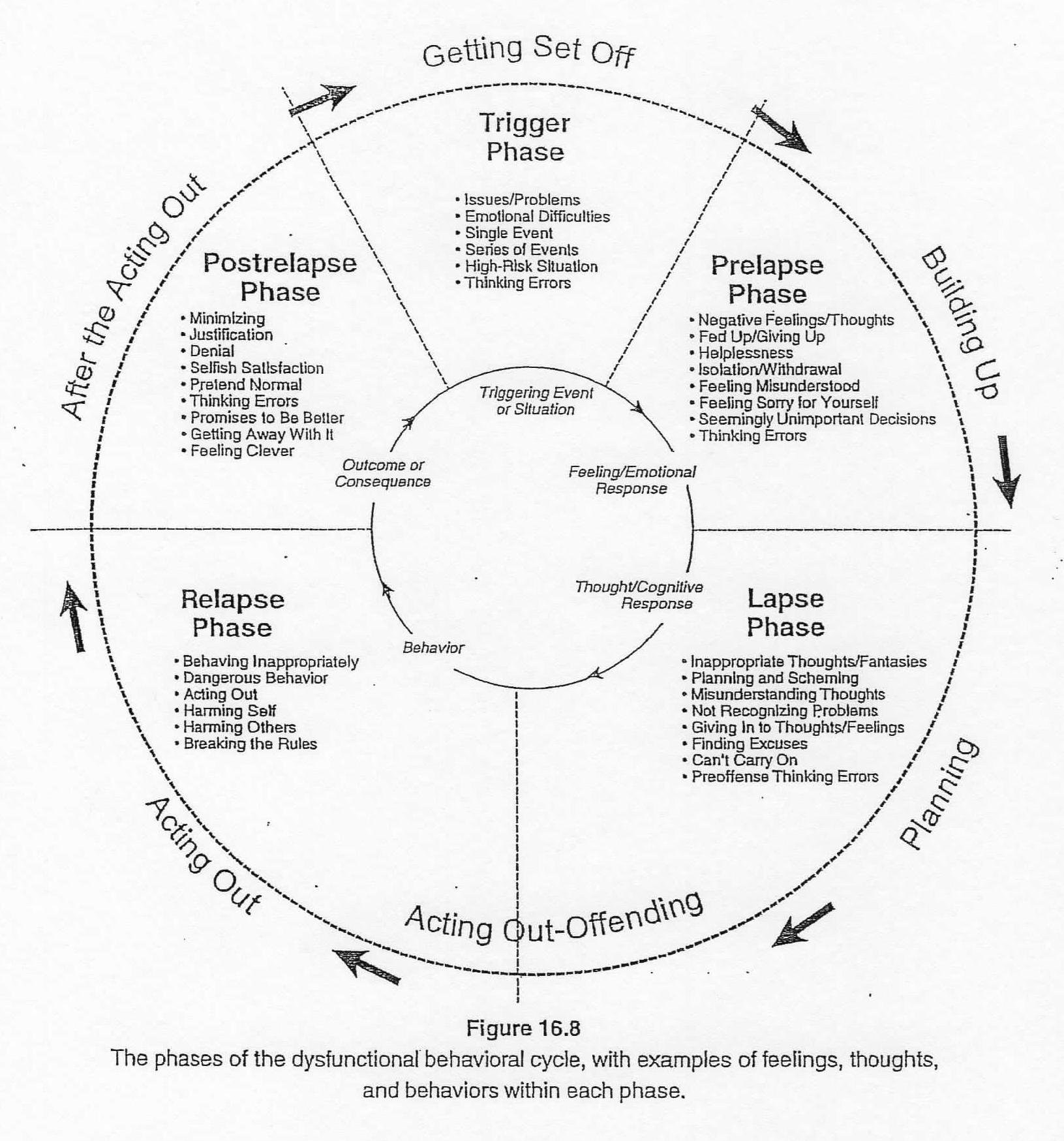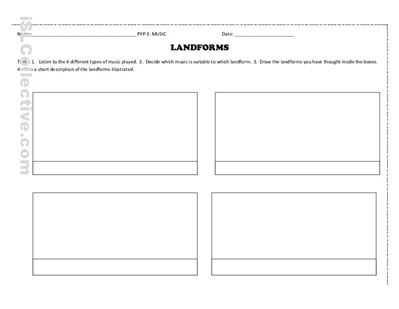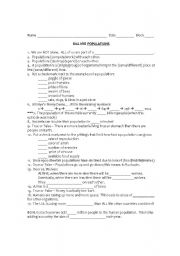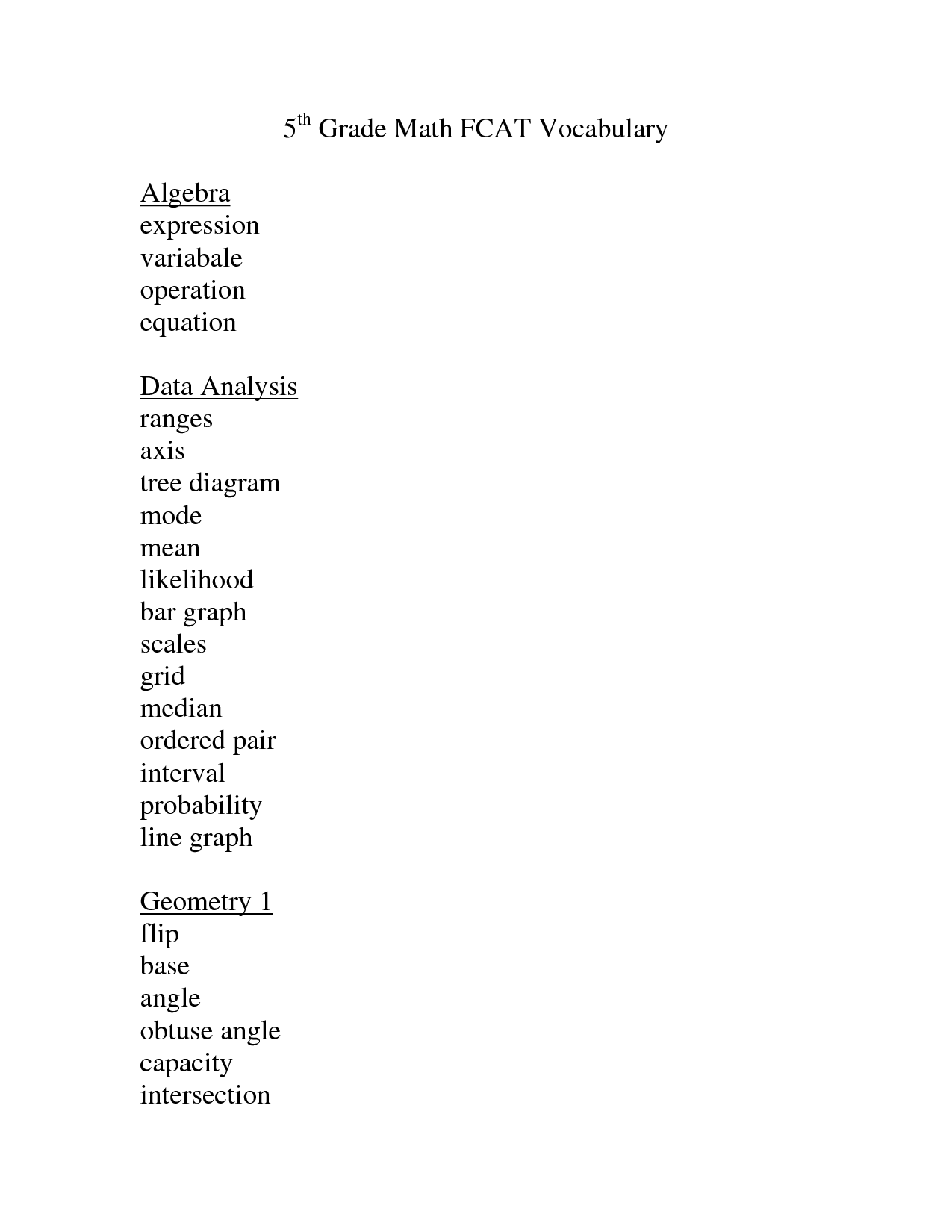Volcano Worksheets for Elementary
Elementary students can explore the fascinating world of volcanoes with these engaging and educational worksheets. Designed to captivate young minds, these worksheets provide an opportunity for students to learn about various aspects of volcanoes, from their formation to their eruptions. With clear and concise instructions, these worksheets will help students grasp key concepts and deepen their understanding of this incredible natural phenomenon.
Table of Images 👆
More Other Worksheets
Kindergarten Worksheet My RoomSpanish Verb Worksheets
Cooking Vocabulary Worksheet
DNA Code Worksheet
Meiosis Worksheet Answer Key
Art Handouts and Worksheets
7 Elements of Art Worksheets
All Amendment Worksheet
Symmetry Art Worksheets
Daily Meal Planning Worksheet
What is a volcano?
A volcano is a natural opening in the Earth's crust through which molten rock, ash, and gases are ejected during an eruption. These geological features are formed by the movement of tectonic plates and can be found at various locations around the world, and can be either active, dormant, or extinct.
What are the three main types of volcanoes?
The three main types of volcanoes are shield volcanoes, stratovolcanoes (composite volcanoes), and cinder cone volcanoes. Shield volcanoes are broad and gently sloping with lava flows that are thin and runny. Stratovolcanoes are tall and steep with explosive eruptions due to thick and viscous lava. Cinder cone volcanoes are small and steep with eruptions that produce ash, cinders, and volcanic bombs.
How are volcanoes formed?
Volcanoes are formed when magma from the Earth's mantle rises to the surface, often as a result of tectonic plate movements. The magma then builds up pressure under the Earth's crust, eventually leading to an eruption where molten rock, ash, and gases are expelled onto the surface. Over time, repeated eruptions and the accumulation of solidified lava create the cone shape associated with volcanoes.
What are the different parts of a volcano?
A volcano consists of several key parts, including the magma chamber (where molten rock accumulates below the surface), the conduit (a passage through which magma flows to the surface), the vent (the opening through which volcanic material is expelled), the crater (the bowl-shaped depression at the summit), and sometimes a secondary cone or parasitic cone formed by additional eruptions. Additionally, volcanoes may have features such as lava flows, ash clouds, and pyroclastic flows during eruptions.
What is magma?
Magma is a molten or semi-molten rock material found beneath the Earth's surface. It consists of a mixture of molten rock, gases, and solids, and is typically generated within the Earth's mantle or crust through the melting of pre-existing rock due to high temperatures and pressure. Magma can eventually cool and solidify to form igneous rock.
How does lava flow during a volcanic eruption?
During a volcanic eruption, lava flows when magma from within the Earth’s mantle is forced up through the volcano and released onto the surface. The lava flows down the volcano's slopes due to gravity, following paths of least resistance such as existing channels or the topography of the land. The lava can travel at varying speeds, with some flows spreading slowly like a thick, viscous mass while others can move quickly in fiery rivers. The type of lava, temperature, and viscosity all play a role in determining how the lava flows during a volcanic eruption.
What are some safety precautions to take during a volcanic eruption?
During a volcanic eruption, it is important to follow safety precautions such as evacuating the area if advised by authorities, staying indoors to avoid volcanic ash and gases, wearing long sleeves and pants to protect skin from ash burns, covering your nose and mouth with a mask or cloth to avoid inhaling ash particles, and staying away from rivers and low-lying areas to avoid lahars (mudflows). It is also crucial to keep informed through local news and emergency alerts and have an emergency kit with essentials like water, food, medications, and a first aid kit ready.
How do volcanoes affect the environment?
Volcanoes affect the environment in various ways, including emitting gases and ash particles that can contribute to air pollution and climate change, altering weather patterns, and impacting soil fertility by depositing nutrient-rich minerals. Volcanic eruptions can also lead to the destruction of habitats and biodiversity, as well as pose risks to human health and infrastructure through lava flows, pyroclastic flows, and lahars. Additionally, volcanic activity can influence global temperatures and contribute to the formation of new land formations.
What are some famous volcanoes around the world?
Some famous volcanoes around the world include Mount Vesuvius in Italy, Mount Fuji in Japan, Stromboli in Italy, Mount St. Helens in the United States, Krakatoa in Indonesia, Mauna Loa in Hawaii, and Eyjafjallajökull in Iceland. Each of these volcanoes has played a significant role in history and continues to attract global interest due to their beauty, power, and geological significance.
How do scientists monitor and predict volcanic eruptions?
Scientists monitor and predict volcanic eruptions using a variety of methods including seismic monitoring, gas emissions analysis, ground deformation measurements, and thermal imaging. By studying the patterns and changes in these indicators, scientists can identify potential eruption events and issue warnings to mitigate risks and protect communities living near volcanoes. Advanced monitoring technologies and data analysis techniques have greatly improved our ability to forecast volcanic activity and ensure the safety of populations at risk.
Have something to share?
Who is Worksheeto?
At Worksheeto, we are committed to delivering an extensive and varied portfolio of superior quality worksheets, designed to address the educational demands of students, educators, and parents.































Comments